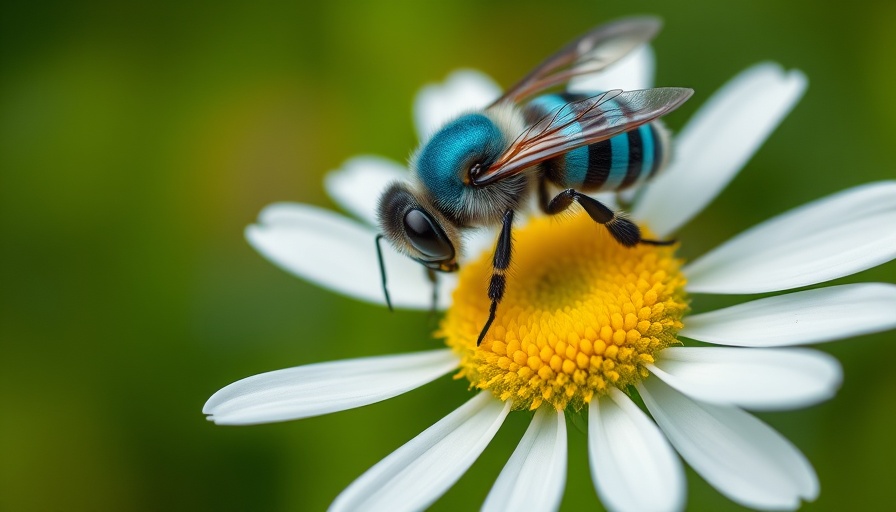
Understanding the Key Threats to Bees and Their Impact
As global awareness of environmental challenges grows, the importance of bees and other pollinators cannot be overstated. These tiny creatures are responsible for pollinating nearly 90% of flowering plants and are vital for over three-quarters of the world’s major crops. However, a recent report by Bee:wild reveals that bees face numerous emerging threats that could significantly impact their populations in the coming years.
Why Do Bees Matter?
Bees play a crucial role in our ecosystem. They support biodiversity by pollinating a vast array of plants, which, in turn, contribute to our food supply and the health of the planet. The decline of bee populations could therefore endanger not just agriculture, but the entire ecological framework that supports life.
New Challenges on the Horizon for Bee Populations
According to “Emerging Threats and Opportunities for Conservation of Global Pollinators,” authored by a group of ten experts, the most pressing issues facing bees can be categorized into several themes, ranked by novelty and impact. Here are some of the most alarming threats identified:
- Wars and Conflicts: These situations disrupt agricultural diversity. When countries face instability, they often revert to less diverse crops, which restricts the availability of food sources for bees.
- Microplastic Pollution: Microplastics infiltrate ecosystems and have been shown to reduce the health and lifespan of bees, impairing their vital functions.
- Pesticide Cocktails: In developing countries, a dangerous mix of pesticides has become common, weakening pollinator resilience.
- Light Pollution: Artificial light disrupts natural behaviors in pollinators, leading to a reduction in nighttime activities crucial for thriving ecosystems.
- Air Pollution: Contaminants in the air, such as ozone and nitrogen, present further obstacles for bee survival. They affect the growth and reproduction of pollinators.
Taking Action: Strategies for Pollinator Protection
Despite the dire warnings, there are tangible steps that can be taken to protect bees. Simon Potts from the University of Reading highlights early intervention as a key strategy. By identifying these threats now, conservation efforts can be directed toward reducing harm. For instance, planting well-suited tree species can benefit the environment rather than exacerbate the issues. Moreover, consumers can support organic farming practices that reduce pesticide use, creating more favorable conditions for bees to thrive.
The Future: What Can Be Done?
Looking ahead, collaboration among policymakers, scientists, and the public is essential. Campaigns aimed at raising awareness about the importance of pollinators can lead to greater public support for bee-friendly practices. Educational programs in schools and communities emphasizing the significance of biodiversity and sustainable practices can help cultivate a more environmentally-conscious society.
Embracing Sustainability in Our Daily Lives
Homebuyers and property investors in Dumfries can play a pivotal role in supporting these efforts. By integrating sustainable practices in property development—such as native planting and pollinator-friendly landscaping—individuals can contribute positively to the environment. Simple actions such as creating bee gardens or adopting pesticide-free maintenance practices can have profound effects on the local ecosystems.
Conclusion: Understanding Our Role in Pollinator Conservation
As we approach the celebration of World Bee Day, it is paramount that we recognize the emerging threats facing bees and take action to mitigate these dangers. By understanding their importance and supporting conservation efforts, we protect not just pollinators, but also our future. Harnessing this knowledge enables us to make empowered decisions for healthier ecosystems, which ultimately benefit humanity.
 Add Row
Add Row  Add
Add 





 Add Row
Add Row  Add
Add 








Write A Comment